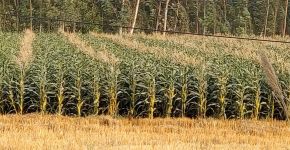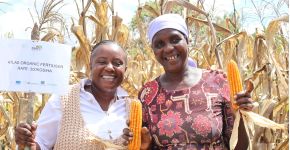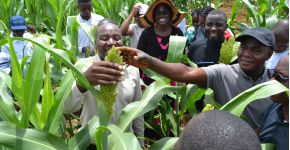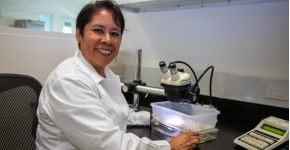Poverty reduction, livelihoods, and jobs
About three-quarters of the world’s poor rely on agriculture and natural resources for food and livelihoods. More than 85% of the world’s 1.2 billion youth live in developing countries where meaningful employment and entrepreneurial opportunities are limited — contributing to migration and political insecurity.
Stable rural and urban development requires jobs for the growing number and proportion of young people in the coming decades. Mechanization in food systems presents both opportunities for productivity and employment risks for some.
Growth in the rural economy will be dependent not only on increasing jobs in agriculture but also wealth accumulation to allow farm family members to find off-farm employment. The Blue Economy is an often overlooked but critical element of livelihoods and sustainability.



